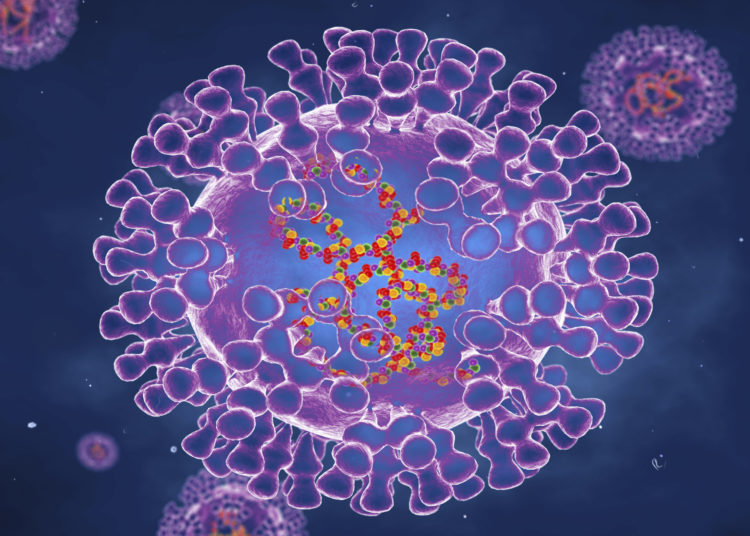In the year 2000, the largely influential British Magazine – the Economist – became famous for symbolizing the African continent as the “Hopeless Continent.” The mid May issue in particular was highly critical of the continent stating that “the new millennium has brought more disaster than hope to Africa. Worse, the few candles of hope are flickering weakly.”
This glum representation of Africa has been the status-quo in most Western media outlets that has persisted since the era of slavery and colonialism. The gloomy Western media portrayal of Africa has consistently presented the continent as “the needy dark continent” characterized by, tribal anarchy, civil war, political instability, pervasive corruption, incompetent leadership, hunger, famine, starvation as well as rampant diseases.
The gains the continent has made has largely been neglected and underscored. The dominant representation of the continent in Western media usually ignores the actualities and specificities of social and economic processes that occur in the continent. This representation also ignores the many political and economic success stories that have been taking place in the continent, especially in the last three decades.
Misinformation about Africa has become a growth industry in the West. There has been, for a long time now, a systematic trend of misrepresenting Africa in the West, and the powerful Western media has been responsible for this. The Western public has been exposed to these patterns of misrepresentations, which in turn have been solidified into stereotypes or generalizations about what Africa is all about.
Of all the images of African people that permeate the Western media, that of famine and starvation is the most consistent and persistent. Over the years Western media houses have been awash with images of poor, emaciated and malnourished children, staring into the camera their eyes empty and hopeless as if pleading for mercy. These images are often candidates for the coveted Pulitzer Prize.
Whether they are from Ethiopia, Somalia, Zimbabwe, Botswana or the Sahel regions of West Africa, they all tell the same tale. These universal but powerfully subliminal messages, beamed at global television audiences, connote something not good, perennially problematic unworthiness, deplorability, black, foreboding and loathing.
Hence there is a general believe especially in the West that anything out of Africa is often not good. When HIV/AIDS broke out, the disease was given an “African face.” With highly sensationalized headlines and pictures of the infected population, the Western media seem to tell their audience that this is Africa’s problem, not “ours.” Ebola, malaria and other diseases continues to wear an African face. In the West, the narrative is that Africans face extinction unless the Western governments and humanitarian agencies come to its rescue.
The recent monkey pox outbreak in the West is assuming similar narrative. The Western media’s use of images of Black people alongside stories about the monkey pox outbreak in North America and the United Kingdom is a typical example of the West’s portrayal of Africa as a dark continent. Albeit no African country had recorded a single case of the disease and many Western countries had cases of it, white people weren’t used to depict the cases and spread of the disease.
Such reportage has succeeded in promoting negative stereotype and assigning the calamity to the African race. If you look at the photos and images, you’d think cases of monkey pox are rising in Africa because Western news organizations are choosing photos of black African hands to tell the story. When you read, you realize they’re rising in Europe and America and Africa has nothing to do with the story.
As at last month, the World Health Organization (WHO) received reports of 92 laboratory-confirmed monkey pox cases and 28 suspected cases from 12 countries where the disease is now endemic, including several European nations, the United States, Australia and Canada. Shouldn’t it be logical that if you are talking about the outbreak of monkey pox in Europe or the Americas you should use images of those that have been afflicted by the disease?
The outbreak is in Europe not in Africa but the apparently racist Western media can’t help themselves but to use African images to denote the spread of the disease. When people say there’s a systemic institutionalized racism in place, they’re shouted down. One need to ask, is the Western media in the business of supposedly preserving “white purity” through the “black criminality or culpability?”
In her TED talk in 2009, the Purple Hibiscus author, Chimamanda Adichie spoke about the dangers of a single story. She stated that a single story creates stereo-types which are not just untrue, but also incomplete. “They make one story become the only story.” Indeed, the popular stereotypes of Africa in Western media have essentially turned the continent into a one-story issue. There are hardly any positive stories about Africa except stories of war, poverty, violence and hopelessness.
In 1994 Time magazine ran a controversial cover photo of O.J. Simpson’s mugshot that, to some readers, seemed to have been intentionally altered to make Simpson’s skin look darker than normal. The magazine was criticized for manipulating his appearance to make him seem menacing, and therefore more likely to be guilty of his accused crimes. People were so upset by the image that the magazine had to issue a public apology for the act.
Over the years, the media’s portrayal of “black” being associated with evil have made people to have a proclivity to perceive someone with darker skin as more likely to have committed an immoral act, regardless of the person’s race. This has been dubbed the “bad is black” effect, where studies have shown that there is a link between skin tone and perceptions of whether a person committed a criminal act or not. Even the devil is often depicted as black made popular by European folklore that described Satan as a black man.
In 2013, when “The Bible” miniseries was aired, people began to question why the Satan character resembled President Obama. But many other posed a more salient question, why does Satan need to be dark-skinned at all? Religious experts and historians say the origins point to a centuries-old tradition where dark is bad, light is good. It’s just part and parcel of the stereotyping and the encoding of dark and black, particularly of African descent, as negative in American or Western popular culture.
As Western media outlets such as the BBC, the Independent, CNBC and ABC News are among those that have used a stock photo of a Black person with monkey pox blisters to illustrate the spread of the disease in Europe and the America’s, how would it seem if an African country use photos exclusively of white people with monkey pox in covering the epidemic in their countries or the continent? Well, your guess is good as mine.
We’ve got the edge. Get real-time reports, breaking scoops, and exclusive angles delivered straight to your phone. Don’t settle for stale news. Join LEADERSHIP NEWS on WhatsApp for 24/7 updates →
Join Our WhatsApp Channel









